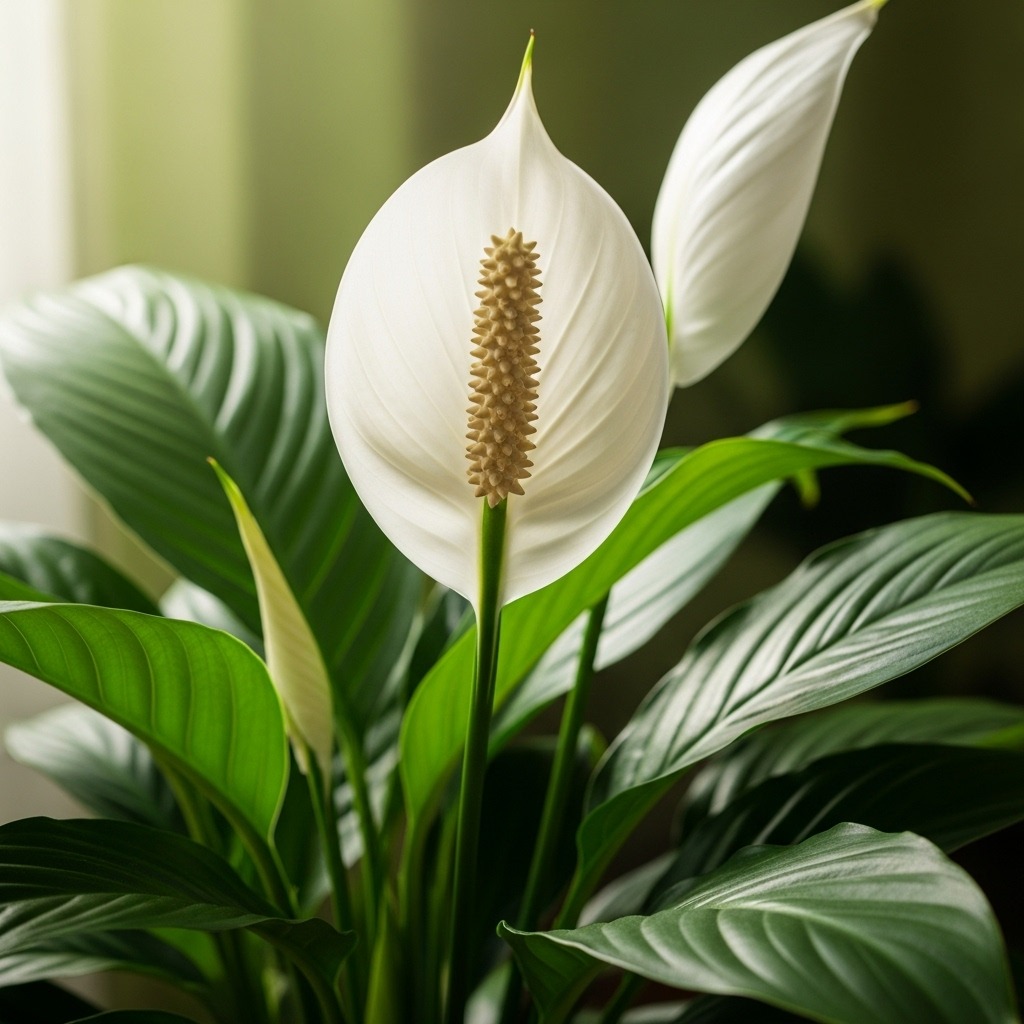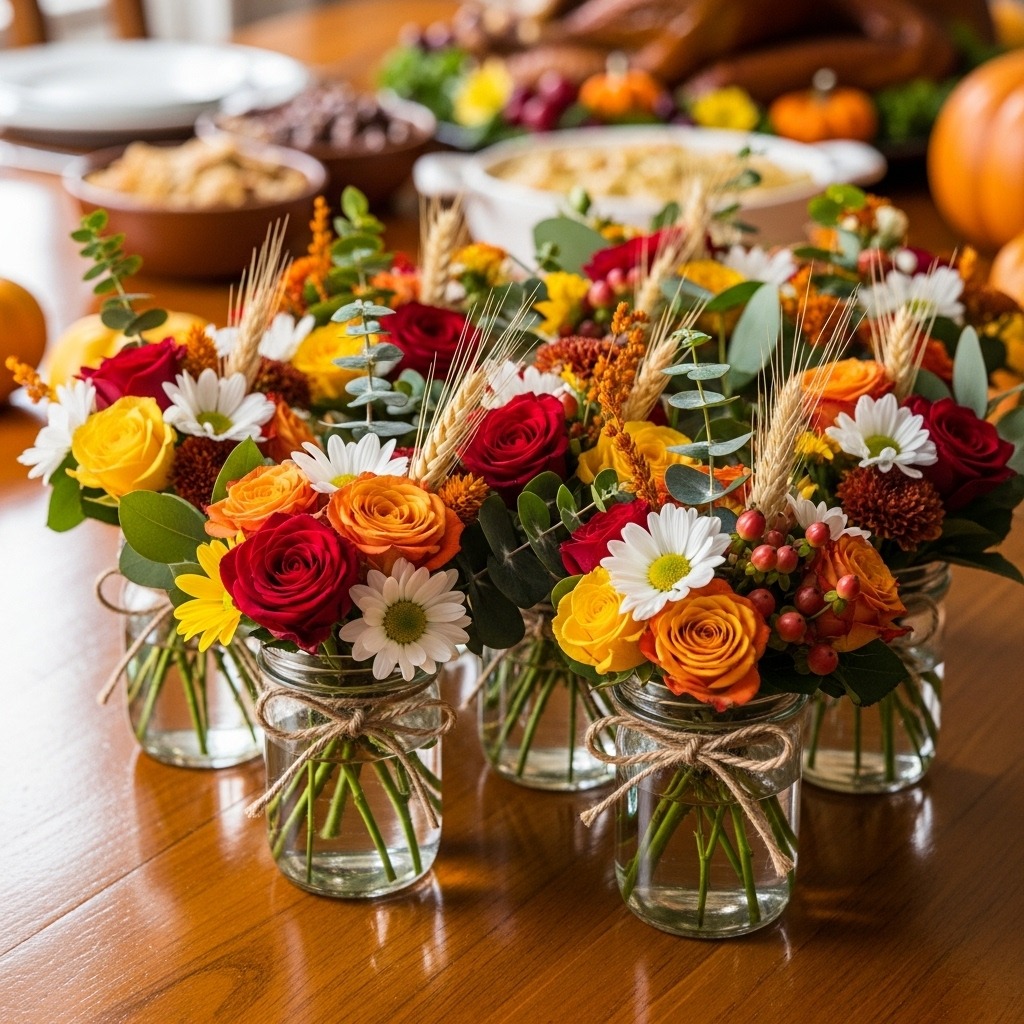Pressing and drying flowers in a book is one of the oldest and most charming ways to preserve your favorite blooms.
Whether it’s a flower from a memorable day, a gift bouquet, or a wildflower you picked on a walk, this classic method lets you turn fragile petals into lasting keepsakes.
Best of all—it’s inexpensive, simple, and requires only a few household items.

1. Choose the Right Flowers
The best flowers for book pressing are small, flat, and not too thick. Thick flowers with large centers tend to mold or lose shape.
Here are great options to start with:
-
Pansies
-
Violets
-
Daisies
-
Ferns
-
Forget-me-nots
-
Buttercups
-
Baby’s breath
Tip: Avoid freshly watered flowers. Choose blooms that are dry and freshly picked for the best color retention.
2. Gather Your Supplies
You only need a few simple items:
- A heavy book (like a dictionary or encyclopedia)
- Parchment paper, blotting paper, or plain white paper
- Optional: Extra weights (such as more books or a brick)
- Tweezers for handling delicate petals
3. Prepare the Flowers
Before pressing:
-
Trim stems to about 1 inch long.
-
Remove thick parts, like bulky centers or large leaves, to help the flowers lie flat.
-
Blot away moisture with a paper towel to reduce the risk of mold.
If the flower is thick (like a rose or zinnia), gently separate the petals or split the bloom in half before pressing.
4. Arrange the Flowers in the Book
-
Open your book to a middle page.
-
Place a sheet of parchment or blotting paper on the page to protect the book.
-
Arrange your flowers face down on the paper—be sure they don’t overlap.
-
Add another sheet of paper on top before closing the book.
Pro Tip: If you’re drying multiple flowers, space them out across several pages so the moisture from one doesn’t affect another.
5. Press and Wait
Once the flowers are positioned:
-
Close the book carefully.
-
Add extra weight on top—like more books or a small brick—for even pressure.
-
Store it in a cool, dry place away from sunlight.
Leave your flowers to dry and flatten for 2 to 4 weeks.
During this time, the paper will absorb the moisture, leaving you with perfectly pressed blooms.
6. Check and Remove Carefully
After a few weeks, open the book gently to check your flowers. They should feel:
-
Papery and thin
-
Completely dry to the touch
Use tweezers to remove them gently—pressed flowers are delicate and can tear easily.
7. Preserve and Use Your Pressed Flowers
Once your flowers are dry, you can use them in a variety of creative projects:
-
Frame them for natural wall art
-
Decorate notebooks, bookmarks, or journals
-
Create handmade cards or scrapbooks
-
Use them for resin crafts or candles
To protect their color, store pressed flowers in a sealed plastic sleeve or envelope away from direct sunlight.
Extra Tips for Success
-
Change papers weekly if flowers are thick or very moist.
-
Use a flower press for faster, more even results (optional).
-
Avoid humidity, as it can cause browning or mold.
-
Label your pages if pressing different types of flowers—makes for a beautiful nature journal!
Drying flowers in a book is a beautiful, timeless way to capture the elegance of nature.
It’s simple, sustainable, and deeply personal—each pressed bloom tells a story.
With just a bit of patience, you’ll have delicate floral keepsakes perfect for art, gifts, or décor.
Whether you’re preserving a romantic memory or crafting nature-inspired art, book-dried flowers bring a touch of nature’s poetry into your everyday life.

